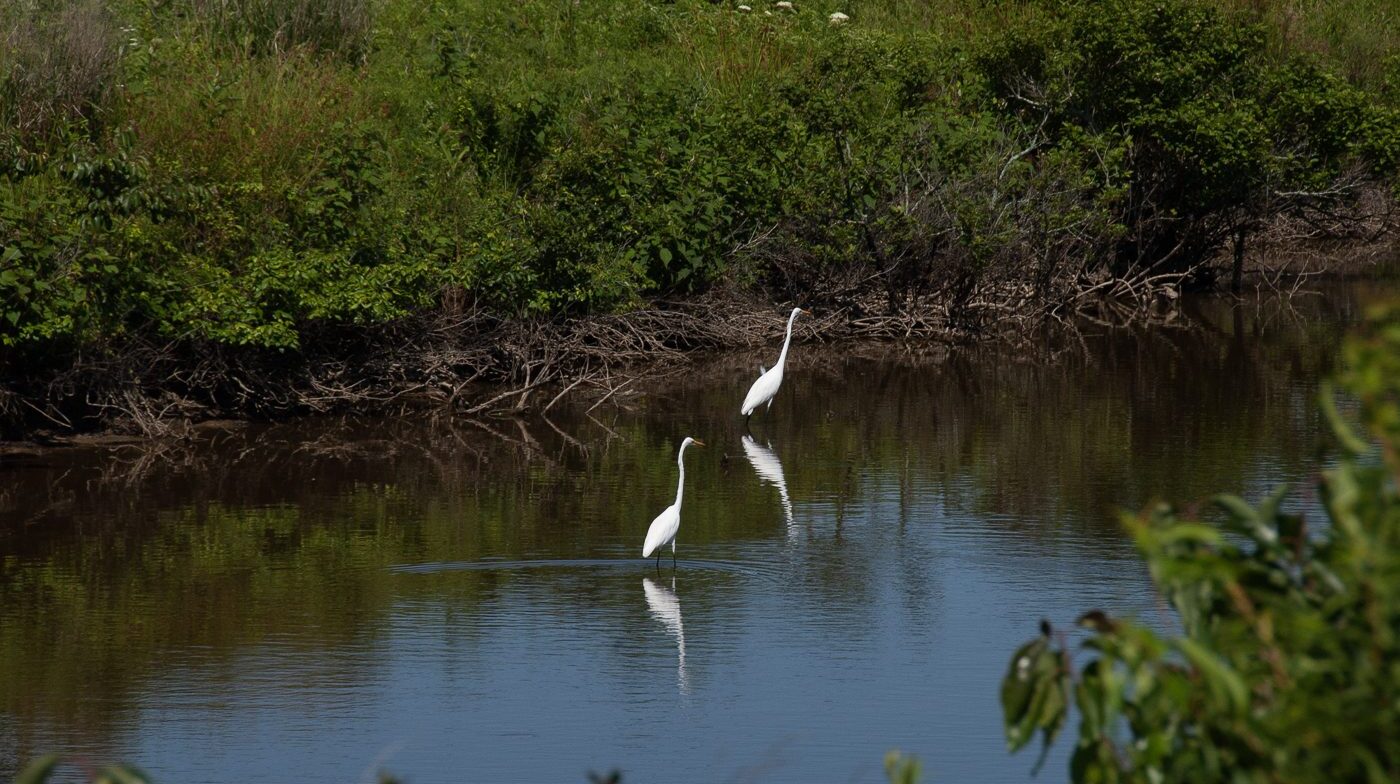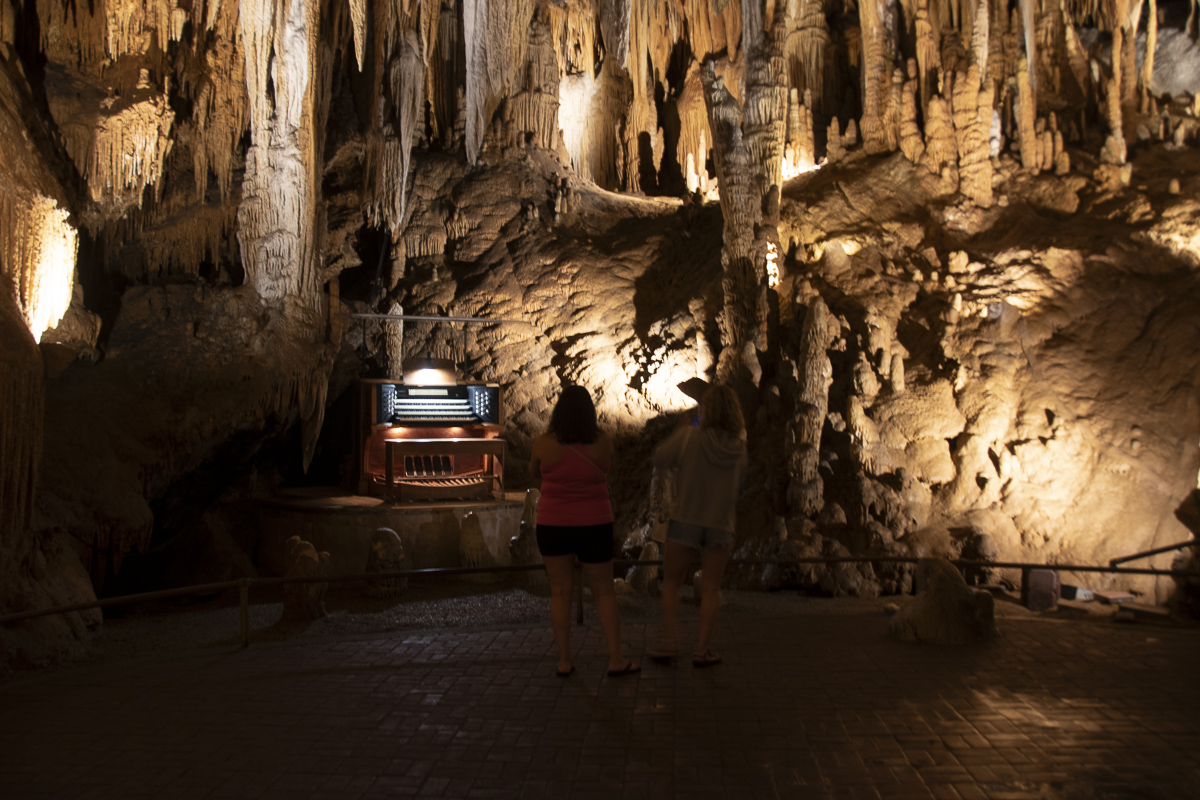The National Wildlife Refuge System is a system of public lands and waters. These areas are set aside to conserve American’s fish, wildlife and plants. The United States Fish and Wildlife Service manages the land and areas. Over the years we make return visits to three of these properties that are our favorites that are our favorite National Wildlife Refuges: Great Dismal Swamp in Virginia, Pea Island in North Carolina and Blackwater in Maryland.
Great Dismal Swamp National Wildlife Refuge NC

The Great Dismal Swamp National Wildlife Refuge is a refuge to protect and preserve a portion of the Great Dismal Swamp. This refuge is a marshy region on the Coastal Plain of southeastern Virginia and northeastern North Carolina. It’s a popular destination between Norfolk, Virginia, and Elizabeth City, North Carolina in the United States.
Each time we visit the Great Dismal Swamp National Wildlife Refuge we see and feel something different. For many years we cruised the Intracoastal Waterway (ICW) which includes the Dismal Swamp Canal. This historic waterway links Norfolk, Virginia at Mile 0 to the Albemarle Sound and beyond. During our many trips on the Dismal Swamp we were never alone at the Visitor’s Center. Throughout the season boaters are welcome to tie up there on the canal for the night. A team of friendly volunteers are always welcoming with the latest information on the waterway and wildlife.
Fall is a busy time
The Great Dismal Swamp is a busy place especially in the fall. Boaters, called snowbirds head south for the winter. In the spring they return on their way north to their home ports. As you cruise these waters it’s uncanny to comprehend that George Washington surveyed this canal which was hand dug by slaves. Today we have a GPS that uses satellites to calculate our exact position.
Our firsthand experience using binoculars when traveling: 8×25 compact binoculars are a good choice for traveling because they’re lightweight and easy to tuck into a backpack or purse. The first number”8” is its magnification which makes an image 8 times closer than what you see with your eyes; it’s good for a wider field of view. The “25” is the size of the objective lens measured in millimeters that defines how much light the binocs can gather. A larger objective lens has more light gathering power so the image resolution will be higher and brighter.
Visit by car
By car the Dismal Swamp Visitors Center is located on U.S. Hwy 17 north in South Mills, NC . You can pick up a map of the refuge complex showing walking, hiking and biking trails. Also located on the map are boat and kayak put-ins. It’s a great place to paddle the quiet and mostly wind-free waters of the 22-mile canal.
The wetlands of the Dismal Swamp are habitat to the sparrows, wren and woodpeckers, who are often the only sounds you hear. It is located on the east coast flyway which makes it a migratory bird stopover. You can find many birds along with wood ducks, hawks, eagles and osprey. Whether you walk the trails or pass through the water, the pristine environment on the Dismal Swamp Canal won’t disappoint.
You can drive about 90 miles southeast of the visitors center to Kill Devil Hills and the Outer Banks with beaches, sand dunes and plenty of things to do.
For information visit the Great Dismal Swamp National Wildlife Refuge.
Blackwater National Wildlife Refuge MD

Located 12 miles south of Cambridge, Maryland, the Blackwater National Wildlife Refuge is a favorite of nature lovers. Walking and biking trails, birding and kayaking bring visitors throughout the year. The third of a mile Marsh Edge Trail is an easy half-hour walk. It takes you through marsh and forest that borders the little Blackwater River.
The Wildlife Drive for cars, bikes and walkers is a five mile road that loops through fresh water and brackish tidal marsh. This area is the feeding grounds and habitat for songbirds wading birds, waterfowl, and turtles. Signs posted “Use Pull Offs For Stopping” throughout the drive encourage visitors to grab their binoculars and cameras and savor the natural habitat.

Both the Wildlife Drive and Marsh Edge Trails are paved. These trails are frequented by visitors with limited mobility. The Marsh Edge Trail however, is closed while the Bald Eagles and Blue Herons are nesting. It’s always a good idea to check with a ranger when planning a visit.
We like the contrast of sandy marsh grasses and loblolly pines. You’ll find observation decks to help you get a closer look at the landscape. The habitat changes with the season so the refuge is open year-round. It provides a resting and feeding place for migrating and wintering waterfowl from November through February. Canadian geese are regular visitors in their transit along the Atlantic Flyway. You will also spot in the refuge a nesting ground for osprey and bald eagles.
If you are at Blackwater St. Michaels MD is a short distance away so consider a stop there too.
For up-to-date information visit the Blackwater National Wildlife Refuge website.
Pea Island National Wildlife Refuge NC
This 13-mile long national wildlife refuge is located on the north end of Hatteras Island, North Carolina. It is one of the coastal island of the Outer Banks NC. The narrow spit of land has a diverse landscape. You will find ocean beaches, dunes, upland, fresh and brackish water ponds and salt flats and marsh. Many visitors make the refuge a stopover on their way to Hatteras National Seashore. There’s plenty to explore its famous lighthouse and the ferry terminal for nearby Ocracoke Island.
Nature lovers, wildlife photographers, fishermen and birders flock to the area for its diverse habitat. This is also a nesting and resting place for migratory birds. You can find snow geese, shorebirds, wading birds and raptors. Endangered and threatened species like Loggerhead sea turtles populate the sea island, too. Healthy turtles come ashore during the summer when they lay their eggs at night. This is a popular activity for night owl visitors
There are two universally accessible wildlife trails on Pea Island. The North Pond Wildlife Trail is a half a mile long located near the Visitors Center. The Salt Flat Wildlife Trail is located on the north end of North Pond with a disabled-accessible overlook of the Salt Flats area and North Pond.
Gene and Katie Hamilton travel the U.S. extensively in search of a favorite place. They are members of the Outdoor Writers Association of America.
Post Views: 1,840
|













